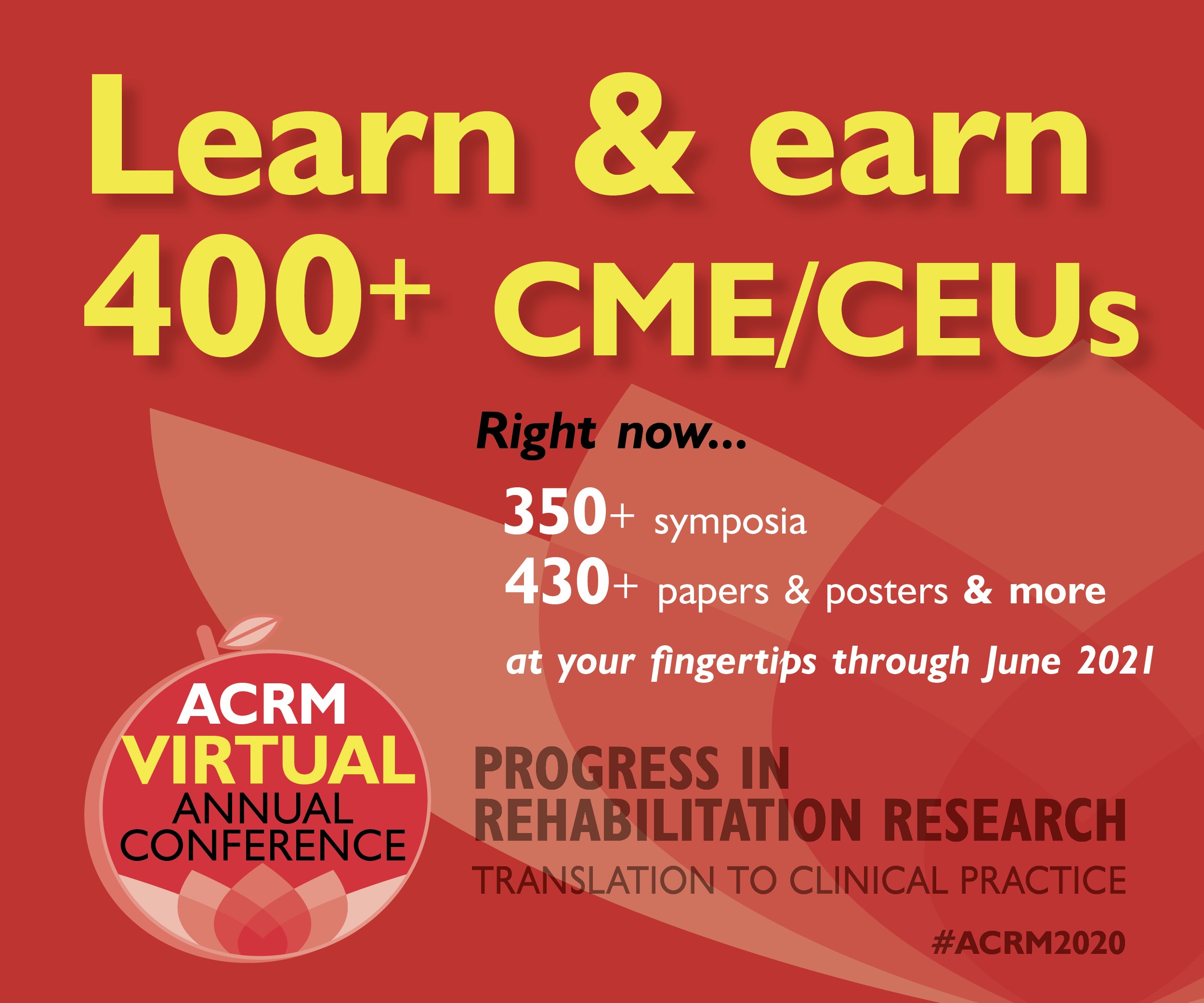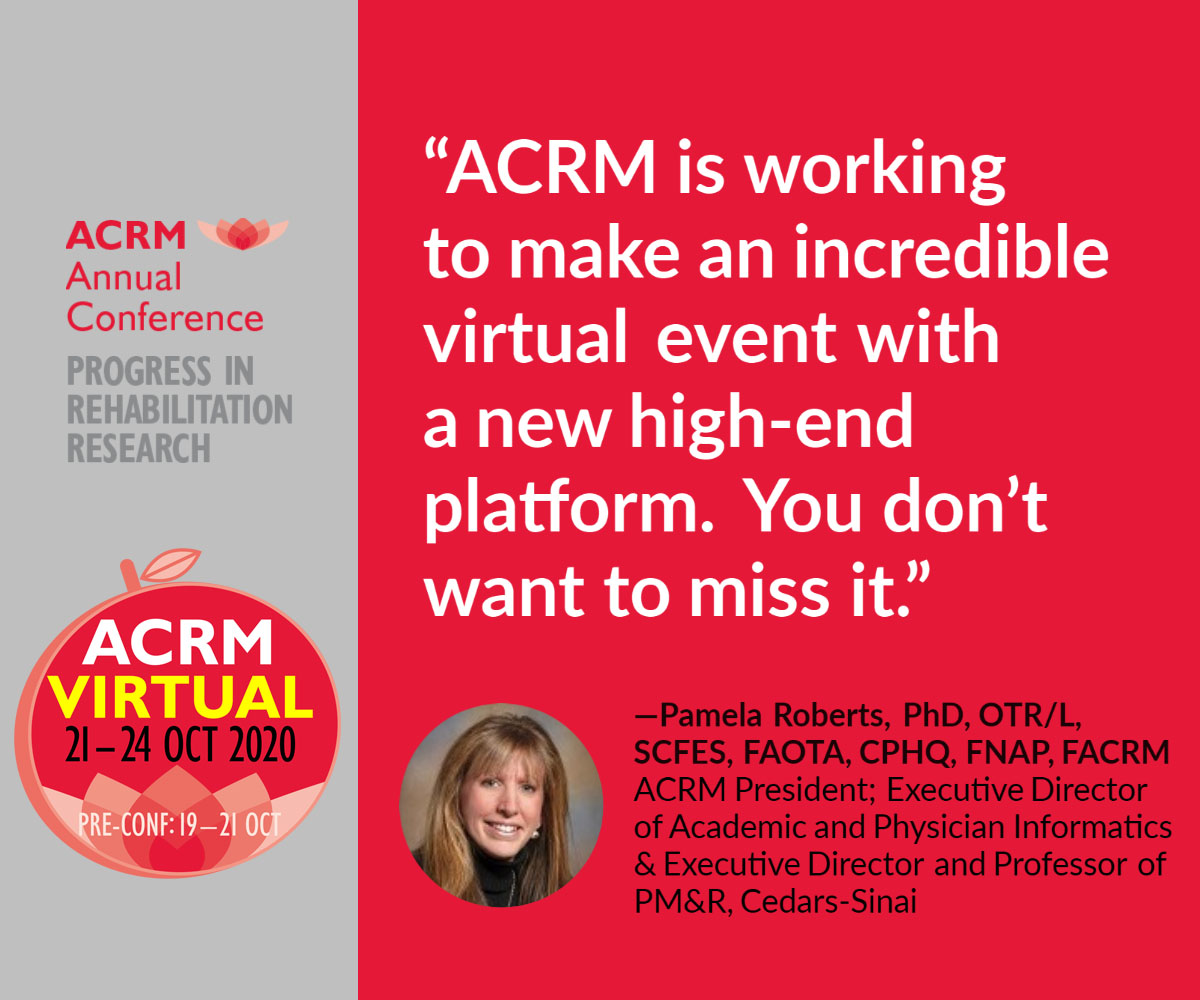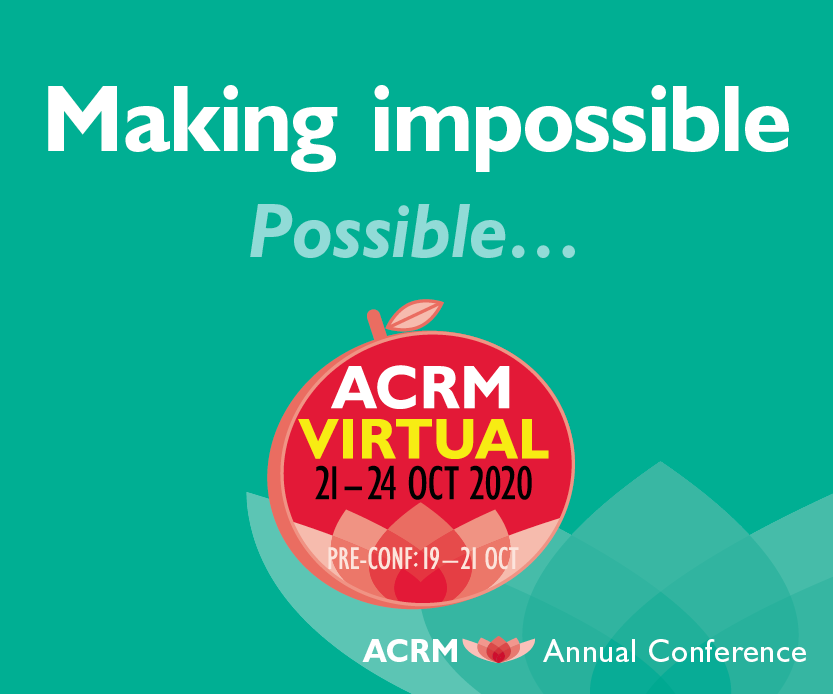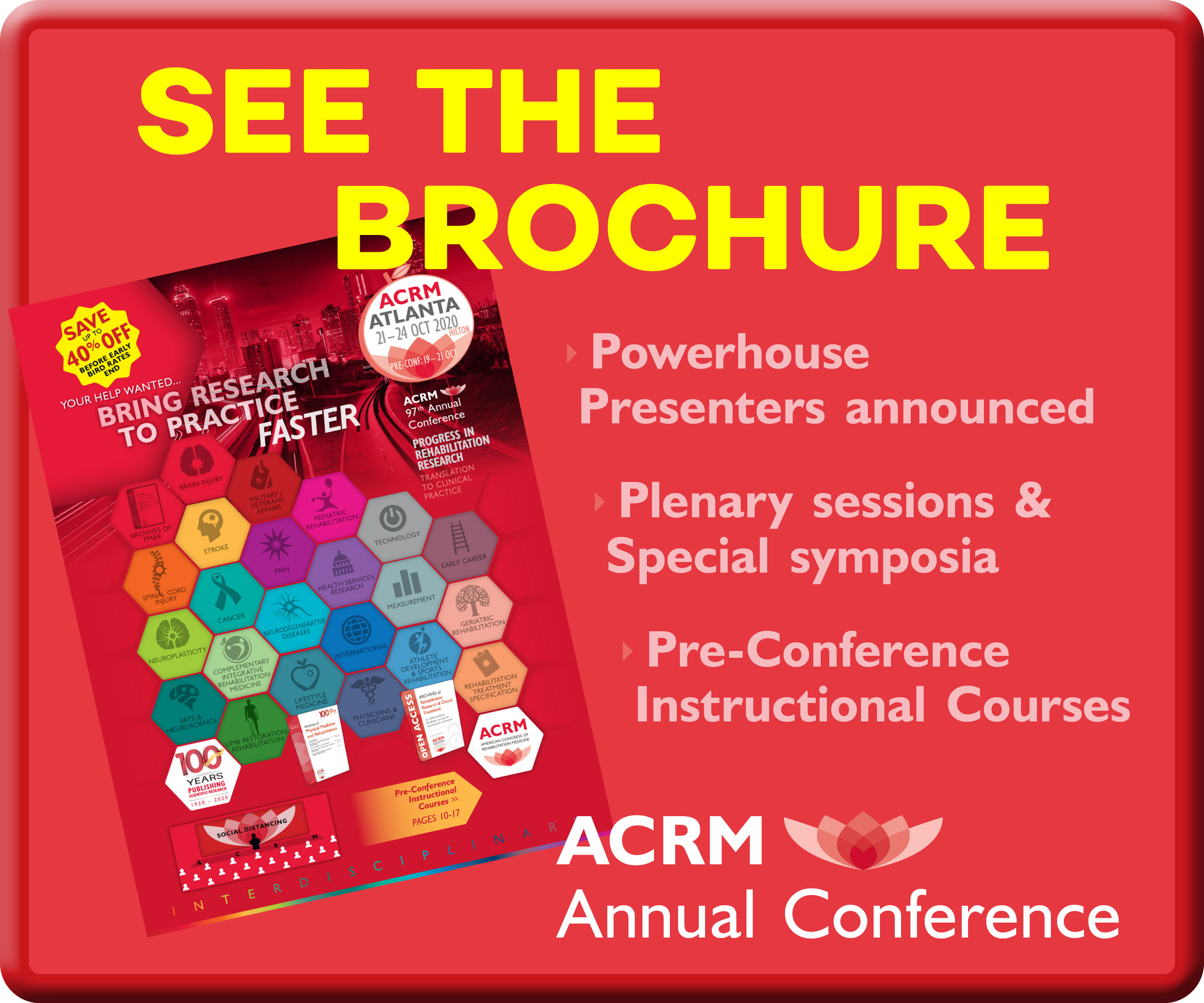LECTURE LUNCHEON: Interacting With the Human Brain: How can we Stimulate Positive Neuroplasticity?
Presenter
- Lara A. Boyd, PT, PhD – Professor, University of British Columbia
- Lynne Gauthier, PhD – Associate Professor, University of Massachusetts Lowell
Description:
Recent work demonstrates that the human brain is remarkably neuroplastic. The ability to change, neuroplasticity, enables all learning. To support learning, the brain changes its chemical composition, structure and function. These changes occur at different time scales and in varied combinations. Given that neuroplastic change is happening constantly throughout our life, it is critical that we understand how to both stimulate and harness this capacity for improved behavior. Importantly the most significant driver of change in the human brain is behaviour. Neuroplasticity can be either positive (eg. learning) or negative (eg. chronic pain). Work from my group and others shows that different behaviors/interventions can be paired with skilled motor practice drive neuroplasticity. These include: exercise, brain stimulation, and robotics (among others). We have shown that engaging in a short bout of high intensity aerobic exercise changes patterns of cortical excitability, brain function and stimulates motor memory consolidation, enabling significantly faster learning. Similarly, non-invasive brain stimulation can alter cortical excitability and enhance learning when it is paired with skilled practice; yet the effects of this intervention are highly varied from person to person. One issue that plagues motor learning is the need for very high doses of practice. Work with robotic and video-gaming interventions may offer a method by which this issue can be remediated. This symposium will consider each of these topics. It will focus on how neuroplasticity operates in the human brain and present recent research illustrating what behaviours best stimulate positive change. It will also offer ideas as to how change may be more effectively mapped during practice. This information may be used to advance recovery from brain damage or stimulate learning in healthy brains.
Learning Objectives
- Describe the neurobiology of plasticity in the human brain
- Describe how sensory and motor systems interact during learning
- Describe how exercise, brain stimulation, and robotics can stimulate positive neuroplasticity
- Understand how brain damage impacts neuroplastic change
- Consider what behaviours affect neuroplasticity after brain damage






